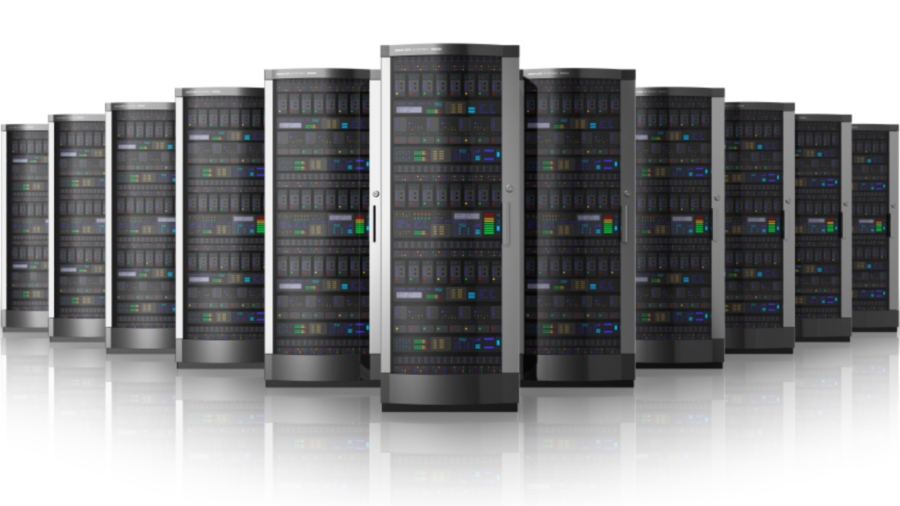How businesses can lower shocking energy costs
Costly energy hurts business, too

Electricity companies are having a rough time of it these days; accused of ramping up prices for consumers, pricing opacity and worse. Price hikes by large energy companies are likely to attract the ire of politicians for years to come.
Unfortunately, the necessary transition to renewable energy will require significant long term investment and is already disrupting the business models of power companies across Europe; this is why prices are increasing.
The reality is that renewables are intermittent and traditional power generation has to pick up the slack: the higher the proportion of renewables, the more idle capacity has to be maintained, at a high cost to power companies. This means the profitability of traditional power generation is falling fast as renewables with grid priority depress peak- time prices on the energy spot market.
Additionally, adapting the grid to cope with a higher proportion of renewables will cost tens of billions of Euros. Someone will have to pay for the capacity mechanism and grid upgrades. We're all looking at our household power bills climbing inexorably over the next few years, but that is only half of the problem.
Energy Transition
In all of this focus on consumers, the impact of the energy transition on European businesses has been ignored.
Earlier this year, OFGEM warned that during the transition from fossil fuel to renewable energy generation, spare capacity would edge close to 2% by 2015 as older generation plants were shut down.
With a 2% margin of error and a high proportion of intermittent renewables, scheduled outages are far more likely to occur. And it is business that will, undoubtedly, be hit first by any resulting capacity constraints.
Sign up to the TechRadar Pro newsletter to get all the top news, opinion, features and guidance your business needs to succeed!
Business power contracts include provisions to allow suppliers to make scheduled business outages if needed – vital public services, and private consumers, get priority when capacity is too low.
Incidentally, when California's energy supplies failed at the turn of the century, it was not unusual to see shipping containers filling the car parks of Silicon Valley firms, fitted out with gigantic diesel generators that are dirtier than coal-fired power plants. Keeping the lights on became a business issue.
And just like consumers, business customers are likely to face above-inflation price rises over the next few years. It would be fair to conclude that, unless a business uses lots of electricity for manufacturing, these changes will have minimal effect on the average office-based enterprise. But that's not the case. Aside from heating and lighting the workplace, many businesses also have a hefty data centre overhead.
It doesn't matter if that data centre is one your company owns, one you rent from a CoLo provider like Virtus or Digital Realty, or a service you get from Amazon, Microsoft – all of these businesses will also be hit by rising prices in the UK and Europe.
The Way Out
So what can businesses do? Firstly, it is vital to have a full understanding of the electricity and gas costs as part of services they use and provide. If power is, for the sake of argument, a tenth of an IT-intensive business operating cost, then seeing that cost climb by 20 per cent a year will have a big potential impact on the bottom line.
As power costs rise and become more volatile, it is likely that these companies will develop hedging strategies and price transparency akin to what airlines did with kerosene prices. Businesses will need to understand the price adjustment mechanisms of their service providers, whether power companies, Co-Lo or MSP.
Then, it's a case of looking at how energy-efficient your IT operations are. Companies that put efficiency at the heart of their data centres will have a competitive advantage over those that prioritise multiple layers of redundancy over power wastage.
For those with on-premises IT, upgrading power and cooling equipment to the latest technology would be a good first step to reduce power losses for most businesses.
For those renting space in a Co-Lo, it is about understanding what measures they are taking to improve efficiency, but also refraining from insisting they use old technologies as a benchmark of safety.
For instance, businesses selecting a Co-Lo sometimes require systematic use of the most energy-wasting protection (such as permanent double-conversion UPS) instead of letting Co-Lo make the best possible use of modern equipment.
Energy price rises and collapsing spare capacity should not be a cause for panic – but should be a cause of measured concern. Understanding the efficiency measures your supplier is taking – and making sure you're not sticking to old technologies – are sensible first steps to take.
- Cyrille Brisson is business unit manager Power Quality – Europe, Middle East and Africa (EMEA) region for the Electrical Sector of Eaton Corporation, a $16.0 billion global diversified power management company. Prior to this, Brisson was vice president, IT Business for Japan (formerly known as APC Japan) at Schneider Electric, based in Tokyo.